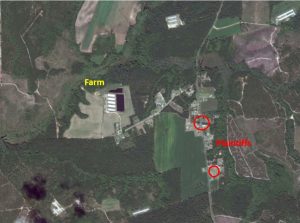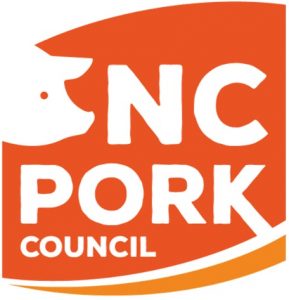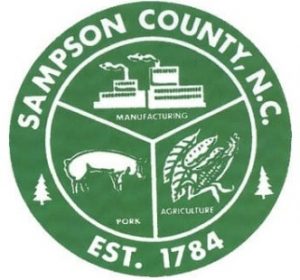The fourth nuisance trial is in the hands of a jury.
And so, now, we wait. We wait for a just result. We wait for the signal that, yes, facts and truth can and will prevail in a courtroom 100 miles away from our farms.
Importantly, we wait in a belief that the men and women of this jury have now seen for themselves, up close and in person, exactly why a Texas lawyer was up there, up close yelling at them in the final moments of this trial.
He wants money. Lots of it. Millions of dollars.
When the Texas lawyer asked the jurors for the money, there in the courtroom on Thursday, it was a moment that can only be described as stunning.
“Jurors are often asked, well, how are we supposed to do this,” the Texas lawyer said. “How are we supposed to figure out what the value is? What is the ballpark that we should consider?”
He gulped for air briefly.
“And I can make a recommendation and I will,” Michael Kaeske told the jurors.
Let’s pause for a second right there.

Lawyers have asked a jury for money on a claim of nuisance brought against a rural Sampson Co. farm.
The plaintiffs in this case are eight people from three homes more than a half-mile away from the farm.
Six of them moved in after the farm was there. All of them testified about slight inconveniences – occasional odor, or a fly, or of hearing a truck that heads to the farm off the state road where they live. The testimony showed not nuisance in the farming area, but development and prosperity. The plaintiffs have built and/or expanded their homes. Some long took regular walks down to the farm gate and back. Children played outdoors. Friends gathered, to fix cars or celebrate events.
One of the plaintiffs is a longtime foster parent, which means there have been regular state visits to ensure it is a good place, safe and well.
There were no issues and no claims from any of these plaintiffs (or others in these ongoing cases) about the water, about health, about property value, about any personal injury. No medical bills. No bottled water being trucked in. Nothing of the sort. There was no dispute, either, that this farm has done anything but meet or exceed the strict rules and regulations of the state, year after year after year.
You see, the evidence in this case shows a blessed spot in our state with country living.
Then the lawyers arrived.
And now, four years later, a federal courtroom was tied up, with a judge and clerks and guards and all the trappings, and jurors diverted from work and holidays to sort out these claims of annoyance, of nuisance, organized by big-money litigation machines who are against agriculture.
If these jurors could actually visit the area, and see the farm, and then drive all the way over to where the plaintiffs live, there is little question these deliberations would go quick, and this jury would go home. For good.
Instead, they’ve been squinting at Google maps and photos. And they’ve tried to follow the scattershot process of courtroom questions-and-answers, with all the posturing and lawyering that comes with it.
They’ve been asked to try their best to somehow gauge it all – and, yes, at the very end of it all, to award lots of money.
Piles of it.
“My recommendation,” the Texas lawyer finally said, “is that you consider $4 million to $5 million for each of these people.”
That’s no typo.
He said $4 million to $5 million.
Each.
Do the math.
He wants this jury to award north of $30 million to people who moved in a half-mile from a hog farm in rural Sampson County for which there was consistent and compelling testimony that it is not a nuisance. He made no attempt at a basis. No rationale. There isn’t one.
What’s $5 million?
That’s the entire emergency medical services budget for Sampson County.
What’s $4 million?
That’s the budget for housing, feeding and staffing the entire Sampson County detention center, a facility that keeps the rest of us much safer.
The county’s general fund budget – for schools, the community college, the sheriff, mental health services and so on – runs about $60 million a year.
The money the Texas lawyer demands is for eight people who claim a farm is a nuisance.
The money at this stage is only for what’s known as “compensatory” damages; it’s just for the “annoyance” of being near a good, well-run farm that provides food for some 40,000 people across the country – and good jobs with benefits in rural North Carolina.
And so here’s the kicker.
If the jury agrees, it’s not the end of it.
The jury will come back.
And so will the Texas lawyer.
And you can bet he would stand in front of them and ask them to punish this farm’s operation with punitive damages.
Say a prayer this weekend. For justice and for this jury.
– Andy Curliss, CEO


